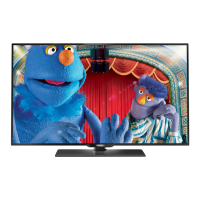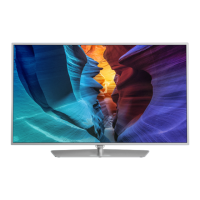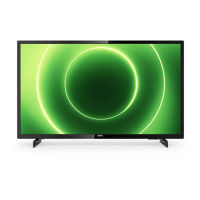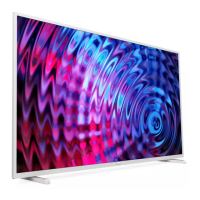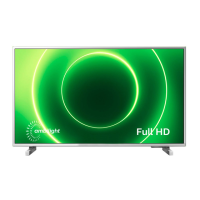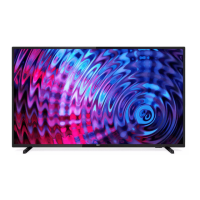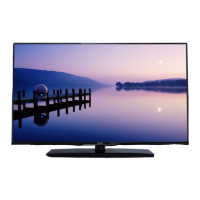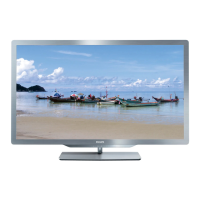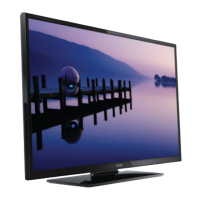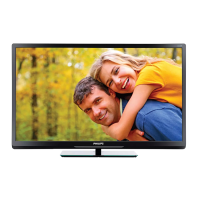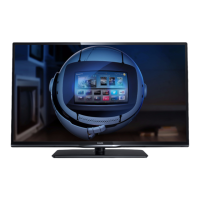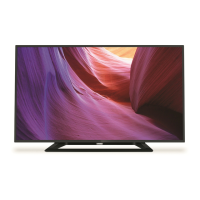
Do you have a question about the Philips 32PFH4100 and is the answer not in the manual?
| Screen Size | 32 inches |
|---|---|
| Resolution | 1366 x 768 pixels |
| Display Technology | LED |
| Refresh Rate | 60 Hz |
| HDMI Ports | 2 |
| USB Ports | 1 |
| Smart TV | No |
| Digital signal format system | DVB-T/C |
| Built-in Wi-Fi | No |
| Screen Shape | Flat |
| Audio Output | 2 x 8W |
Learn how to pause and record broadcasts using a USB Hard Drive for later viewing.
Control connected devices with the TV remote using HDMI CEC for seamless operation.
Read safety instructions, position the TV, and connect power and antenna cables.
Details on connecting devices via HDMI, SCART, and audio output ports.
Connect HTS via HDMI or optical, and adjust audio settings like delay and format.
Instructions for turning the TV on, putting it into standby, and disconnecting power.
Detailed explanation of the functions of all keys on the TV remote control.
Tune, switch, and organize channels using the channel list and favourites.
Prevent unauthorized viewing by locking channels or setting parental ratings.
Set preferred subtitle languages and audio tracks for digital and analogue channels.
Manage automatic updates for new channels and software to keep the TV current.
Navigate the TV Guide, view schedules, and search for programmes by genre.
Schedule and perform recordings of programmes directly from the TV Guide.
Access the Sources menu to select and switch to connected external devices.
Configure sleep timers and disable auto switch-off for continuous operation.
Browse and play photos, music, and videos stored on USB devices.
Learn to pause live TV, resume viewing, and use instant replay for broadcasts.
Instructions for recording current programmes and scheduling future recordings.
Select and adjust picture styles like Vivid, Natural, and Standard for optimal viewing.
Fine-tune picture quality using advanced settings such as Gamma, Tint, and contrast.
Select sound styles and customize bass, treble, and surround sound effects.
Manage audio output to external devices or TV speakers and configure sound enhancements.
Details on energy saving, eco-settings, and supported TV reception standards.
Technical information on display size, resolutions, and power consumption.
Step-by-step guide to update the TV's software using a USB memory device.
Solutions for issues like no channels, distorted picture, or poor reception.
Troubleshoot sound issues, remote unresponsiveness, and power-related problems.
Fix issues related to USB media playback, network connections, and audio output.
Utilize on-screen help, product registration, and online resources for support.
Important safety guidelines to prevent electric shock, fire, injury, and damage.
Measures to ensure TV stability, prevent overheating, and handle potential risks.
Proper methods for cleaning the screen and precautions for humidity and temperature.
Understand the terms of use, warranty, and compliance statements for the product.
Details on copyrights for HDMI, Dolby, and MHEG software, and relevant trademarks.
